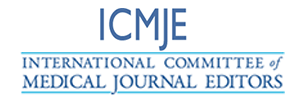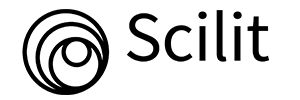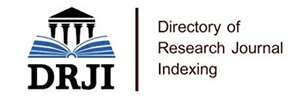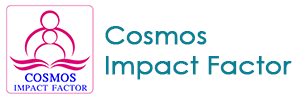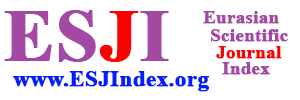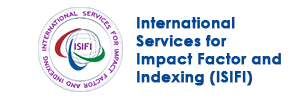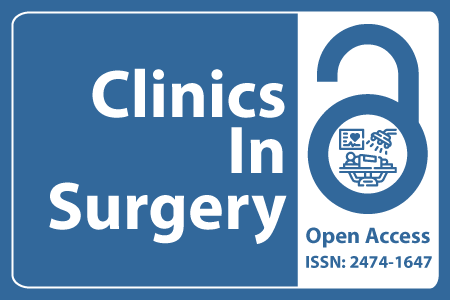
Journal Basic Info
- Impact Factor: 1.995**
- H-Index: 8
- ISSN: 2474-1647
- DOI: 10.25107/2474-1647
Major Scope
- General Surgery
- Plastic Surgery
- Minimally Invasive Surgery
- Obstetrics Surgery
- Breast Surgery
- Orthopaedic Surgery
- Bariatric Surgery
- Urology
Abstract
Citation: Clin Surg. 2024;9(1):3684.Research Article | Open Access
Feasibility, Perceived Aesthetic Outcomes and Patients’ Interest in Transoral Endoscopic Thyroidectomy (TOETVA) in a Cohort of Patients in the Thames Valley United Kingdom
Brooke P, Cyra A, William Y, Billy D, James E and Radu M
Stoke Mandeville Hospital Buckinghamshire Healthcare Trust, UK Churchill Cancer Centre, Oxford University Hospitals NHS Foundation Trust, UK
*Correspondance to: Brooke Puttergill
PDF Full Text DOI: 10.25107/2474-1647.3684
Abstract
Introduction: Thyroid surgery techniques without visible scar have grown internationally with little traction in the UK. The aim was to assess the perception of neck scar after thyroid surgery, estimate the feasibility for Transoral Endoscopic Thyroidectomy (TOETVA) and define the public demand for scarless thyroidectomy. Methods: A mixed cohort study approved by national ethics committee assessed retrospectively the feasibility of TOETVA based on current guidelines. A standardized questionnaire used Manchester Scar Scale (MSS) and explored patient-centered outcomes and views. Results: Out of 265 patients (75% women, median age 56 years) who underwent thyroid lobectomy for indeterminate nodules (n=160) or proven low-risk thyroid cancer (n=105), 64% would have been suitable for TOETVA, including 49% of cancers. Of 92 respondents, MSS was excellent (25%), good (56%; MSS <7) or poor (15%; MSS >10). Negative scar perception preoperatively resulted in poor MSS scores postoperatively (p<0.0001). Poor MSS impacted all individuals regardless of preoperative neck scar concerns (p<0.001). Worse MSS scores were significant in patients with complications or cancer recurrence concerns (p<0.002) independent of age (p=0.065) and gender (p=0.7118). Need for thyroid hormone replacement in 34% of patients didn’t correlate with to MSS. Patients’ interest in scarless technique didn’t correlate with MSS and appeared to be attributable to personal values, geographic accessibility, and intensity of aversion to complication (p<0.05). Overall, 29% of patients would consider a scarless technique and 31% opposed the idea. Conclusion: This study population showed comparable interest and feasibility for scarless thyroid surgery as international populations. How to respond to this need will become apparent in the coming years.
Keywords
Scar perception; Thyroidectomy; TOETVA; Patient related outcomes in thyroid surgery; Thyroid scar
Cite the article
Brooke P, Cyra A, William Y, Billy D, James E, Radu M. Feasibility, Perceived Aesthetic Outcomes and Patients’ Interest in Transoral Endoscopic Thyroidectomy (TOETVA) in a Cohort of Patients in the Thames Valley United Kingdom. Clin Surg. 2024; 9: 3684..
